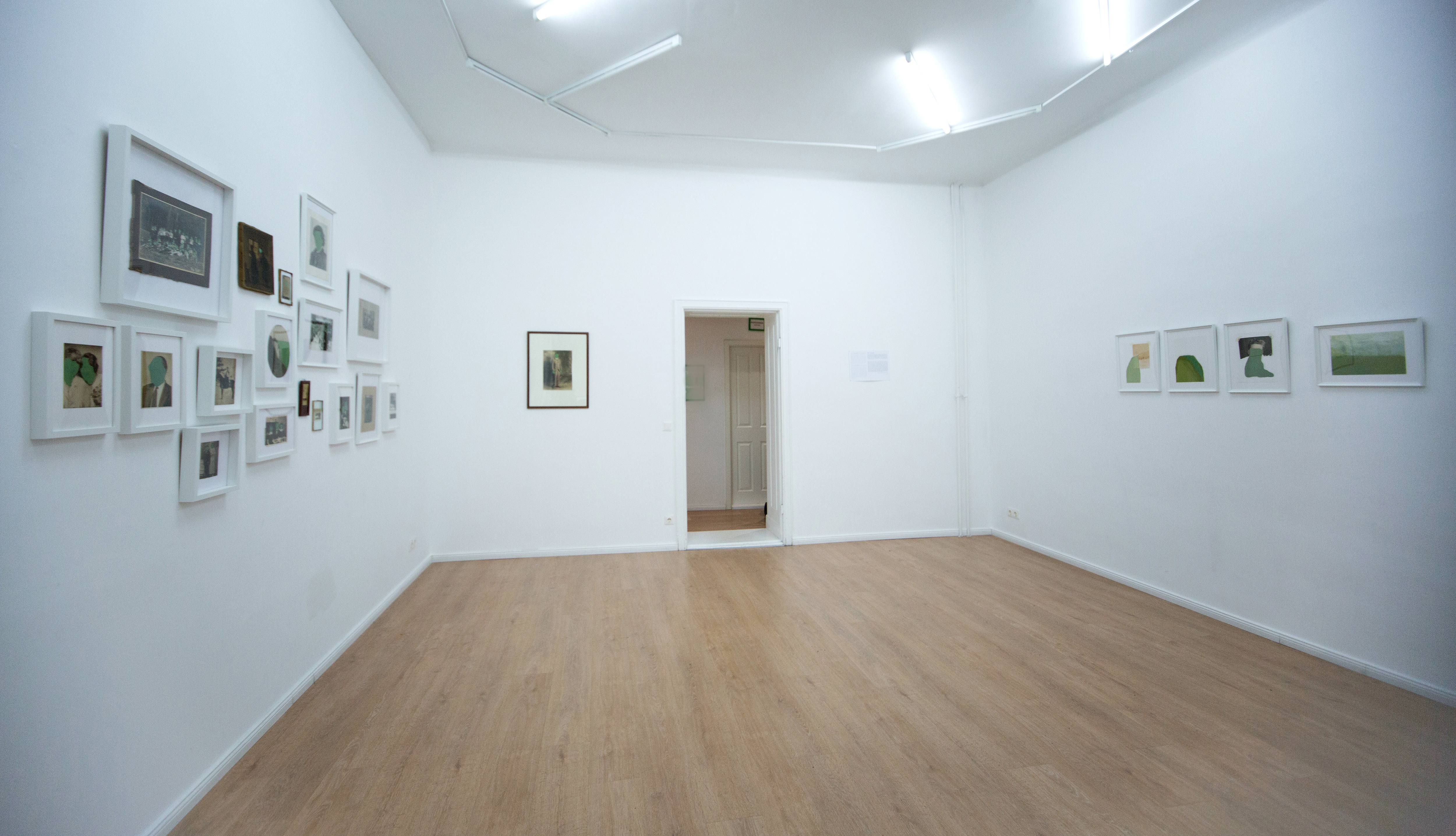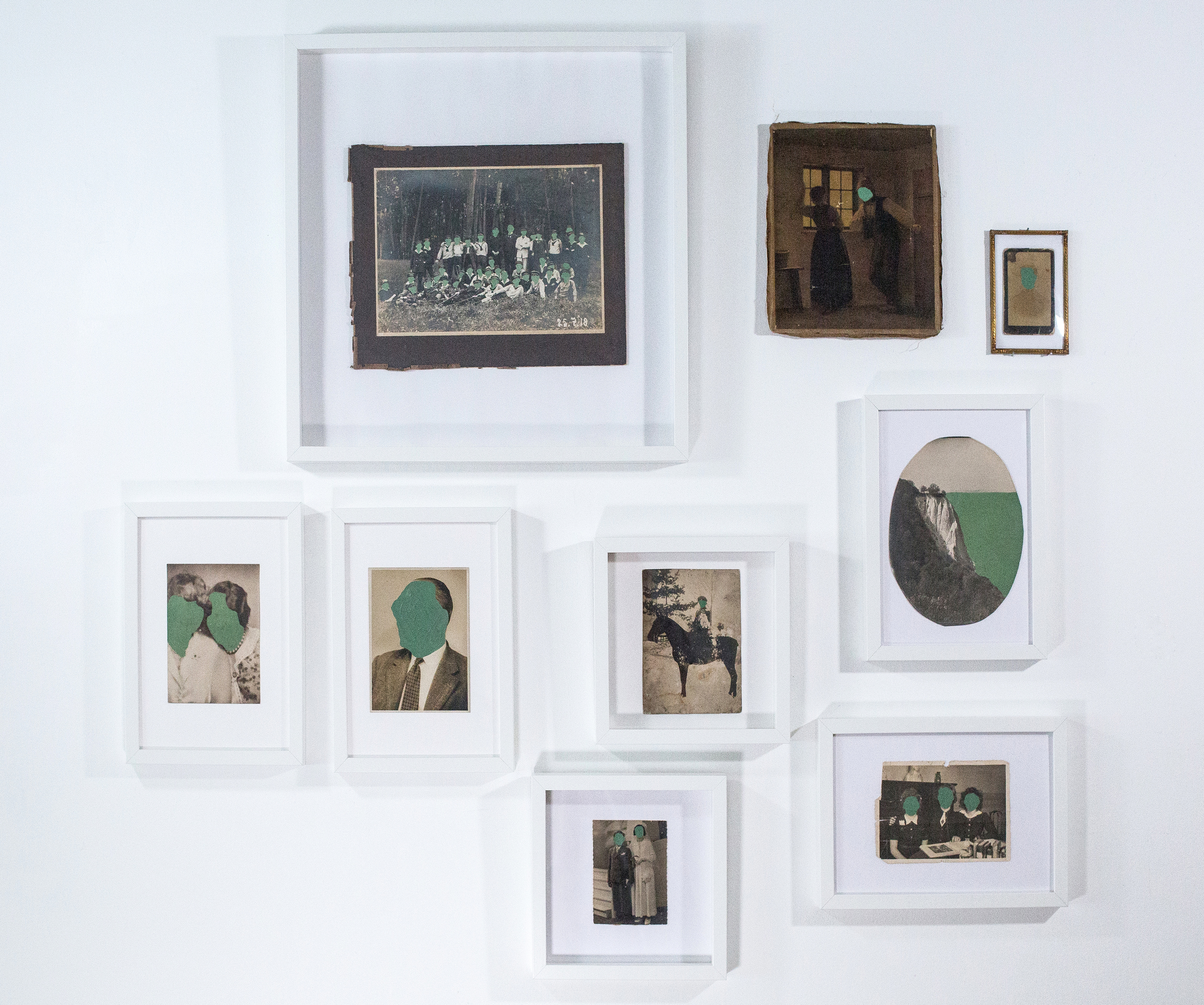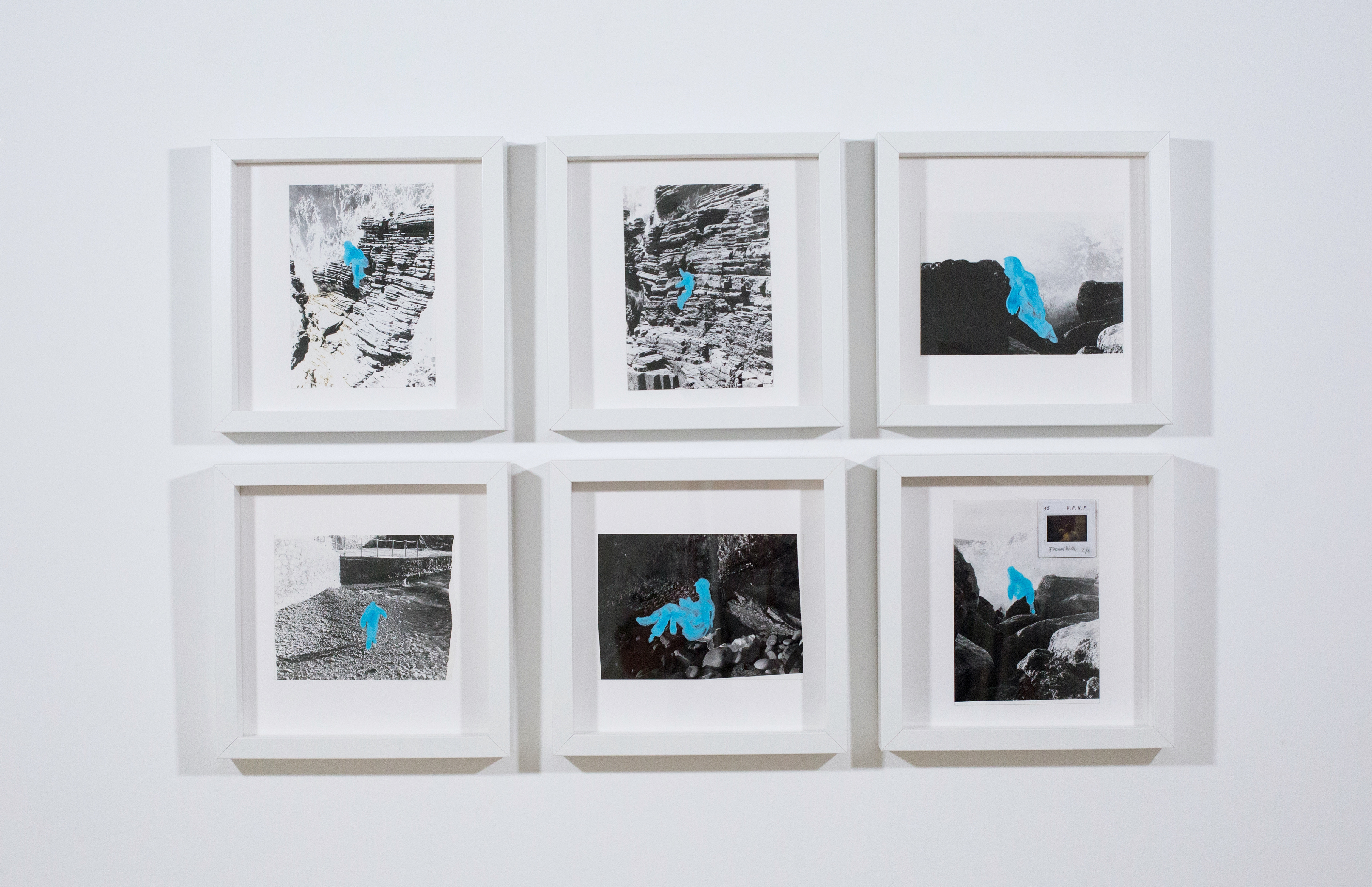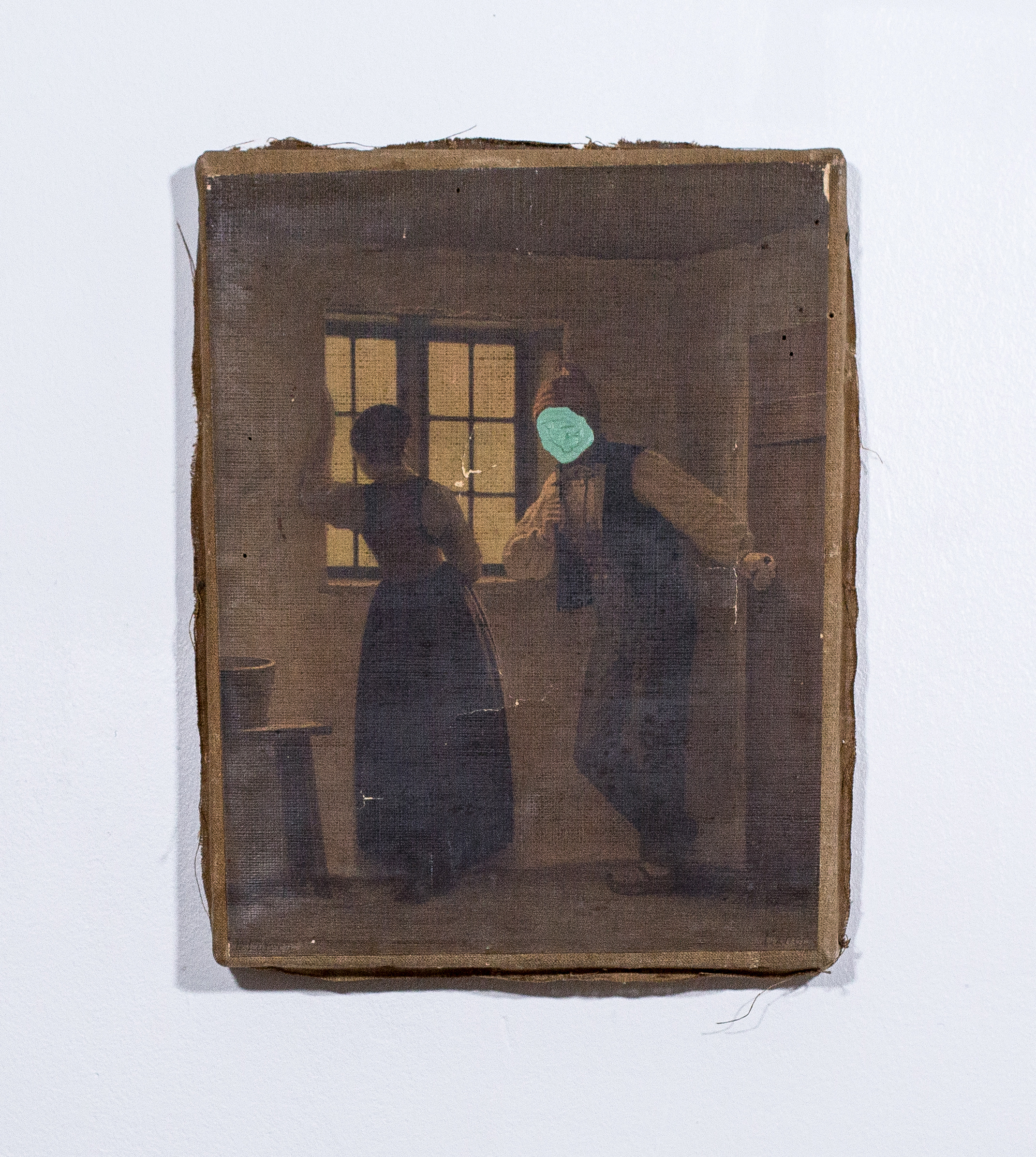SPACE OF POSSIBILITY
The solo exhibition Space of Possibility presented in LITE-HAUS Gallery in July 2020 gives an insight into my doctoral thesis at the Institute for European Ethnology at the Humboldt University Berlin. I relate the anthropological concept of liminality (from the Latin word līmen, meaning “a threshold”, in between borders) as a space of possibility for generating ideas for the future.
![]()
I researched informal settlements in Europe and South America - so-called “non-places” that change and evolve into “social places”, and how the concept of liminality plays a role in their transformation. I focus on rethinking non-places, ritual design, and the Corona crisis with the liminality approach, analyzing this transformation process at the micro/macro and spatial/architectural level. Building on migration, postcolonial studies and art practice studies, I explore how non-places and places of exception generate liminal places and elsewhere in urban areas. Liminal places as a space of possibility are not only waiting areas; they are also safe spaces that foster the generation of ideas, strategies and new knowledge, creating new ways of living, redefining identities and encouraging political empowerment.
FAMILY OF STRANGERS
In the first room of the LITE-HAUS gallery, I presented a set of strange figures, faceless, anonymous characters that are almost disappearing. Their past, history, and genealogy are revealed through their clothing and the ambiance of the pictures, which helps viewers to unravel the stories each figure wants to tell. These strangers are the embodiment of the migrants who had to leave their homes forcibly to start over in a new place. During this process, they leave their pasts, their histories, and their identities behind, in order to begin the journey of internal and external transformation in unknown territory. This process of transformation, on a ritualistic level, is what I connect with liminality. Migrants become strangers in a new place, at the same time, in their home countries, they live through the conflict between their identities, and their belonging to a certain place is called into question. In many cases, this results in a life lived in permanent liminality, being in-between spaces of realities.
![]()
![]()
![]()
![]()
![]()
![]()
![]()
![]()
![]()
![]()
![]()











